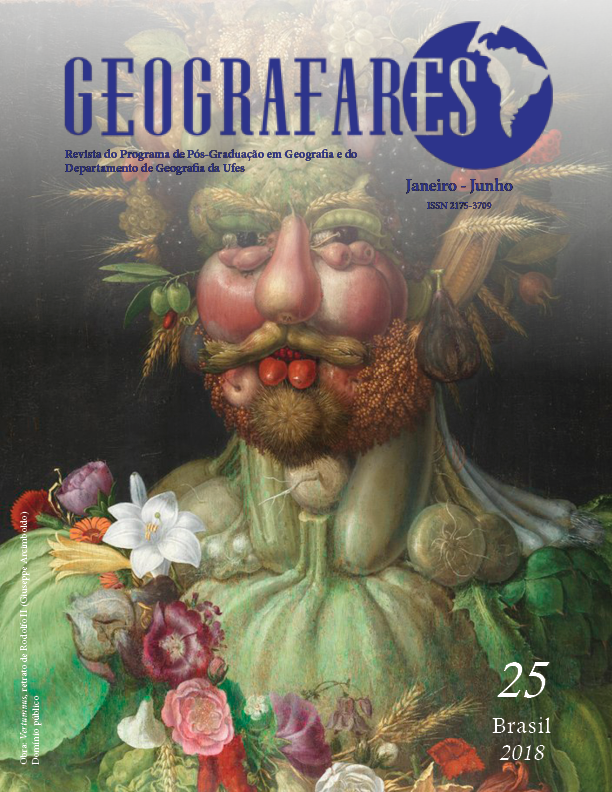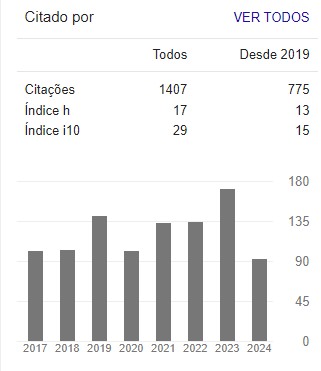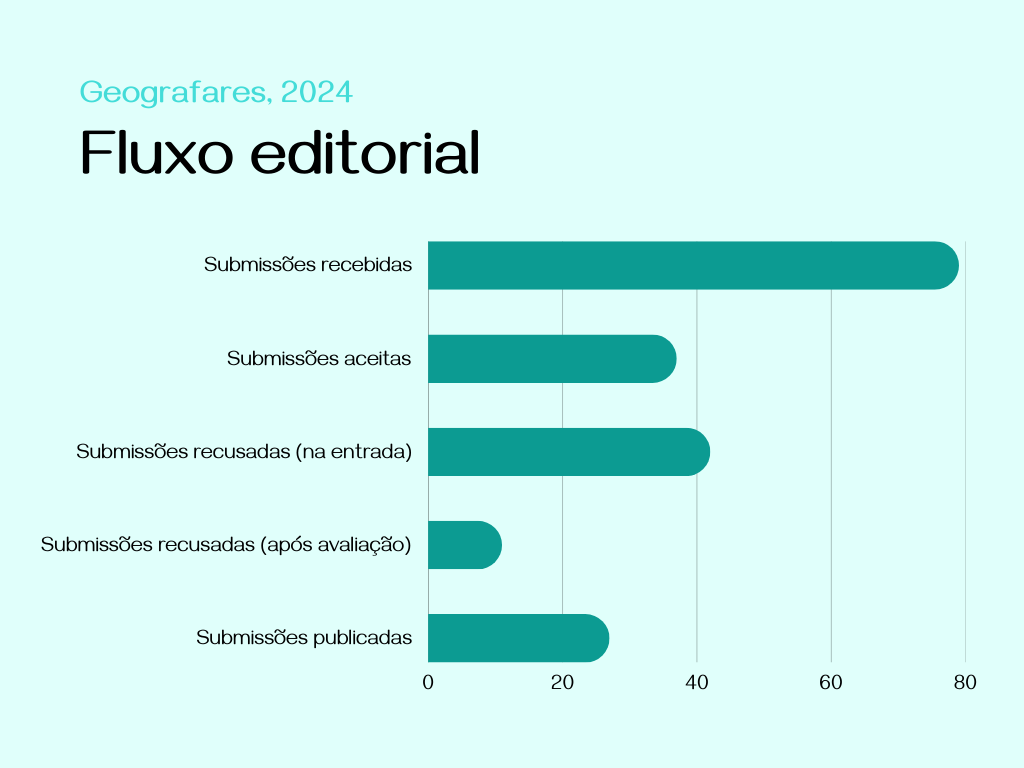Agricultura y Alimentación en el México Prehispánico y siglo XVI
DOI:
https://doi.org/10.7147/GEO25.17805Resumo
O surgimento da agricultura no México foi um fator de grande relevância, que permitiu o desenvolvimento de culturas mesoamericanas ao longo de mais de três mil anos de história. A localização geográfica dos diferentes grupos étnicos que habitavam esta região permitiu o cultivo de uma grande variedade de plantas, como milho, feijão, abóbora e pimenta, produtos básicos na dieta mesoamericana, assim como de outros produtos foram desenvolvidos, de acordo com as características geográficas e climatológicas, como o cacau, do qual o chocolate é obtido, e mesmo a baunilha, sendo apreciados por todo o mundo. Aqueles produtos originais foram misturados com os trazidos pelos europeus no século XVI e isso deu origem à culinária mexicana, que em 2010 foi declarada Patrimônio Cultural Imaterial da Humanidade pela Organização das Nações Unidas para a Educação, a Ciência e a Cultura (UNESCO).
Palavras-chave: Culturas Mesoamericanas, Gastronomia Mexicana, Patrimônio Cultural Imaterial da Humanidade da Organização das Nações Unidas para a Educação, a Ciência e a Cultura (Unesco).
Downloads
Downloads
Publicado
Como Citar
Edição
Seção
Licença
Copyright (c) 2018 Geografares

Este trabalho está licenciado sob uma licença Creative Commons Attribution 4.0 International License. Autores que publicam nesta revista concordam com os seguintes termos:
- Autores mantém os direitos autorais e concedem à revista o direito de primeira publicação, com o trabalho simultaneamente licenciado sob a Licença Creative Commons Attribution que permite o compartilhamento do trabalho com reconhecimento da autoria e publicação inicial nesta revista.
- Autores têm autorização para assumir contratos adicionais separadamente, para distribuição não-exclusiva da versão do trabalho publicada nesta revista (ex.: publicar em repositório institucional ou como capítulo de livro), com reconhecimento de autoria e publicação inicial nesta revista.
- Autores têm permissão e são estimulados a publicar e distribuir seu trabalho online (ex.: em repositórios institucionais ou na sua página pessoal) (Veja O Efeito do Acesso Livre).




























